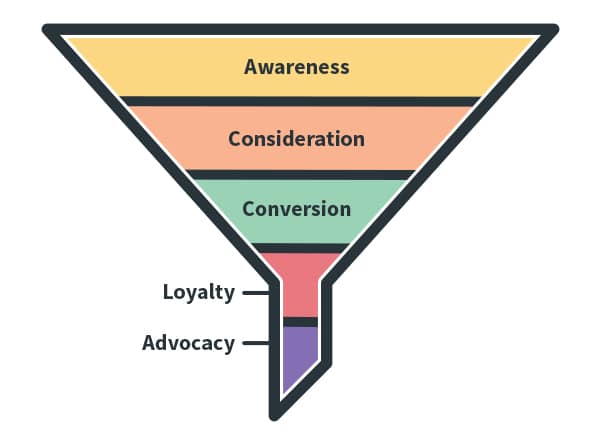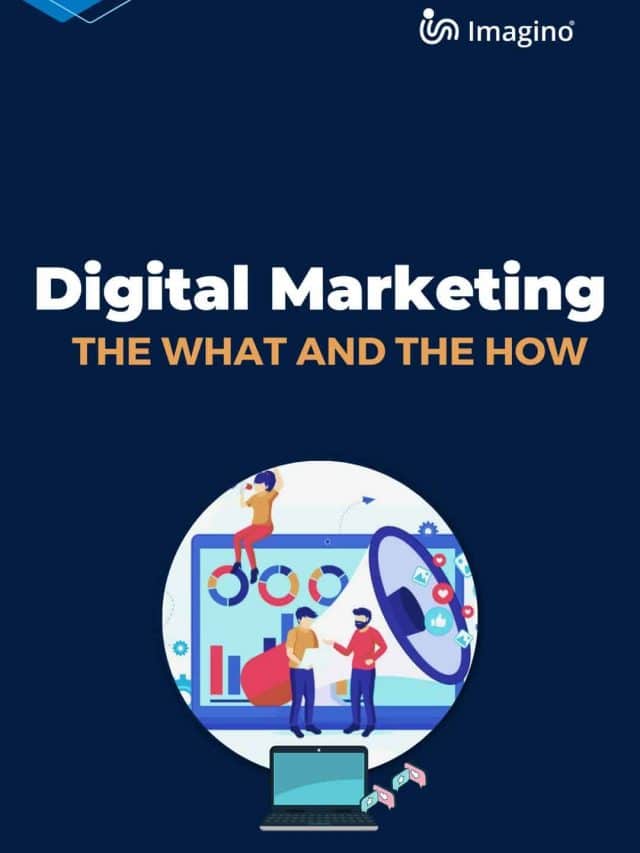Digital Marketing: The What and the How
Table of Contents
Have you ever thought of taking your business online to be seen and heard by more potential customers?
This is where Digital Marketing comes into play. Simply put, Digital Marketing is a form of marketing in which the internet is used to connect with customers by promoting brands, services, and products online. It is one of the most cost-effective methods of marketing that produces faster results.
So, how do we implement digital marketing into our business/service? We can start by following some strategies required to maintain a marketer’s online presence. To stand out from your competitors, it is really important to adopt a digital marketing strategy to reach your target audience and drive businesses. You’ll probably need to start thinking out of the box as well.
But, in this article, we will dive deeper into some important key factors before crafting a digital marketing strategy. They are,
important key factors before crafting a digital marketing strategy
1. Knowing your audience
Before we adopt a digital marketing plan, we need to know who we’re targeting. These are typically audiences who are interested in our brand, service, or product.
For instance, when you go to a café, you will have a general idea of what the menu would look like, or you would seem very confused. This goes for digital marketing as well. We need to know our audience and their demographics which includes their age, gender, socioeconomic status, etc.
2. Setting meaningful goals
It is important to set specific goals to focus on the strategies that you will use to achieve your goals.
Let’s take the same example to understand. Before you go to a café, you think of a wide range of cafés to choose from until you come to a final decision. This applies to digital marketing too.
Marketing goals are short-term, and they aim to increase brand awareness, generate new customers, increase website traffic, and much more.
3. Build a Buyer’s Persona/Customer Persona
Let’s start by defining what a customer persona is. A customer persona is a description of what your ideal customer would seem like based on market research. This can include their characteristics (demographics), their goals, their pain points, their interests, and their barriers.
Before devising a marketing plan, it is important to think from the customer’s point of view. This makes it easier to target ads effectively and create customized content.
For instance, New parents(mid-20s-30) looking for affordable baby essentials for their baby’s nursery.
So, a customer persona can help in identifying the character traits of a person as well as what goals they want to achieve and what is stopping them from achieving these goals.
4. Finally, we have the marketing funnel
Finally, we have the marketing funnel, Let’s take a look at a visual depiction of a marketing funnel first.

As you can see, it is wider at the top and narrower at the bottom, just like a normal funnel. In Layman’s terms, a marketing funnel describes a customer’s journey from knowing about a company to making a purchase.
What is the purpose of a marketing funnel?
A marketing funnel can:
- Optimize your marketing efforts
- Generate targeted leads
- Increase revenue
Now, let’s move on to the different stages of a marketing funnel.
Different stages of a marketing funnel
1. Awareness stage
At the top of the funnel, we have the Awareness stage: The awareness stage is when the customer encounters a product or service for the first time. For example, through organic search, word of mouth, YouTube ads, social media, testimonials, mentions, etc
2. Consideration stage
In the middle of the funnel, we have the Consideration stage: The consideration stage is when a customer learns more about your company or your brand. The brand tries to build an interest in the customer by proving that a product/service is better than its competitors. They can also motivate their customers to purchase the product by posting case studies, webinars, remarketing ads, etc.
An example of a remarketing ad is when you search for a pair of shoes, such as Nike shoes online, and the same pair of shoes appear on another website.
3. Conversion stage
At the bottom of the funnel, we have the Conversion and the Loyalty stage
During the conversion stage, the customer intends to make a purchase. They have thought things through, and they are ready to become potential customers. The company tries to fulfill the customer’s intention by smoothening the checkout process, increasing the website speed, adding lifestyle pictures, sending emails to pursue their abandoned carts, etc.
4. Loyalty stage
Finally, at the Loyalty stage, the customer makes a purchase and favors your brand/company over others. They also become loyal advocates and voices of the brand. Once the customer makes a purchase, the brand/company offers rewards programs and complimentary gifts to encourage them to make more purchases in the future. The customer will also be motivated to share their positive experiences/ reviews on social media.
Conclusion
So, there we have it! These are some of the most important key factors that you have to consider, before implementing a marketing strategy. There are many types of marketing strategies that you could use to connect with your customers digitally.
Needless to say, It is also important to get your message/ goal across to your target audience so that they’ll have an understanding of what you are offering them.
For digital marketing consulting, feel free to Contact us
See Also:
How SMS marketing benefits for businesses
